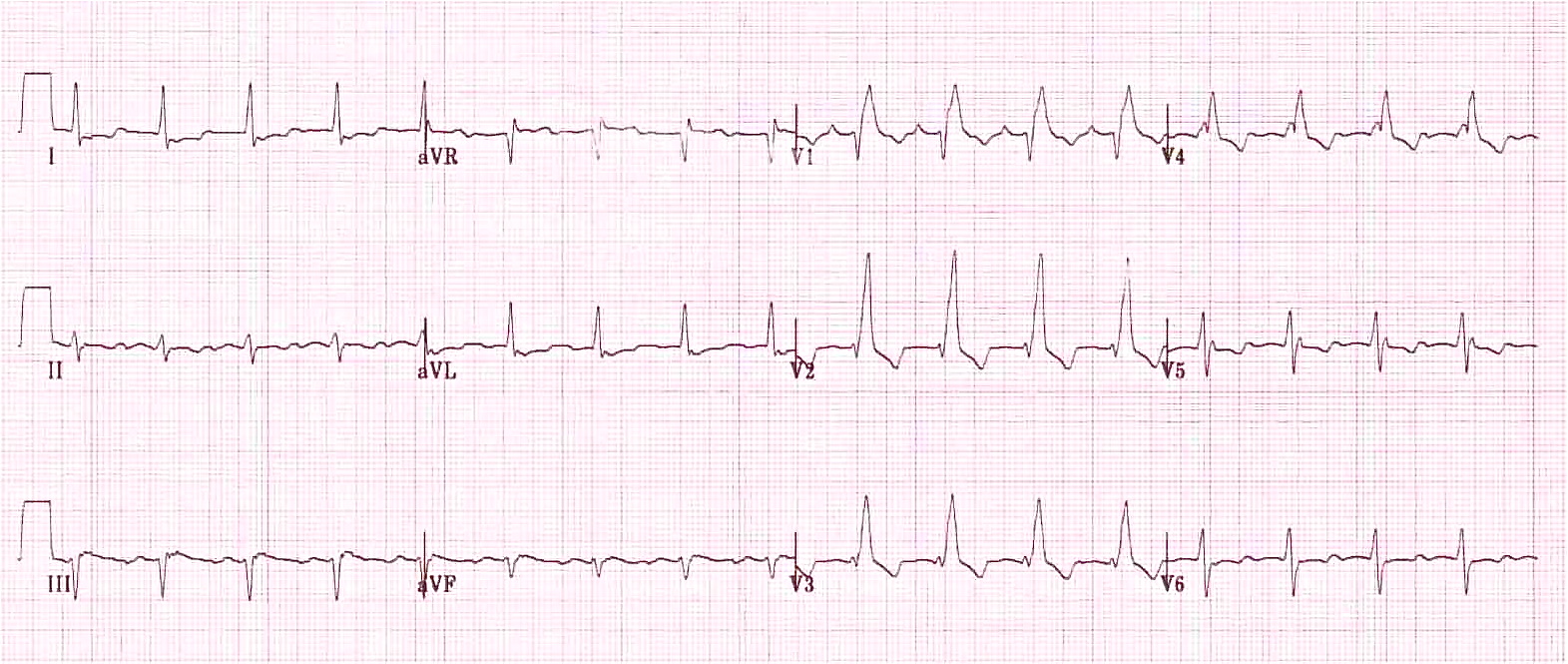
The guidelines also comment on several other factors that are now recognized to affect the response to CRT. The evidence that CRT is of benefit in class I patients was not thought sufficient enough to warrant a positive recommendation. CRT is recognized as beneficial in Class II-III patients with a wide QRS and atrial fibrillation if ventricular pacing can be maintained. For patients with shorter QRS durations or a non-left bundle type IVCD, the evidence for benefit is less strong and the recommendation is that CRT may be considered. For ambulatory class IV patients, the QRS duration is increased from 120 msec to 150 msec. In such patients, CRT is now recommended in patients with a left ventricular ejection fraction below 36% and class II and class III heart failure symptoms. The new guidelines reflect the observation that the greatest benefit of CRT is seen in patients with left bundle branch block and a wide (≥ 150 ms) QRS duration. The updated guidelines change recommendations in several areas. The important trials reviewed were the Resynchronization Reverses Remodeling in Systolic Left Ventricular Dysfunction study (REVERSE), the Multicenter Automatic Implantable Defibrillator Trial with Cardiac Resynchronization Therapy (MADIT-CRT), and the Resynchronization-Defibrillation for Ambulatory Heart Failure Trial (RAFT). This paper reviews the recent data on the effectiveness of cardiac resynchronization therapy (CRT) in patients with milder forms of heart failure (NYHA classes 1 and 2) and revises the Heart Failure Society of America's (HFSA) 2010 Guidelines.
Percent of ivcd vs rbbb crt update#
Indications for cardiac resynchronization therapy: 2011 update from the Heart Failure Society of America Guideline Committee. Source: Stevenson WG, et al, and the Heart Failure Society of America Guideline Committee.

DiMarco, MD, PhD, Professor of Medicine, Division of Cardiology, University of Virginia, Charlottesville.


 0 kommentar(er)
0 kommentar(er)
